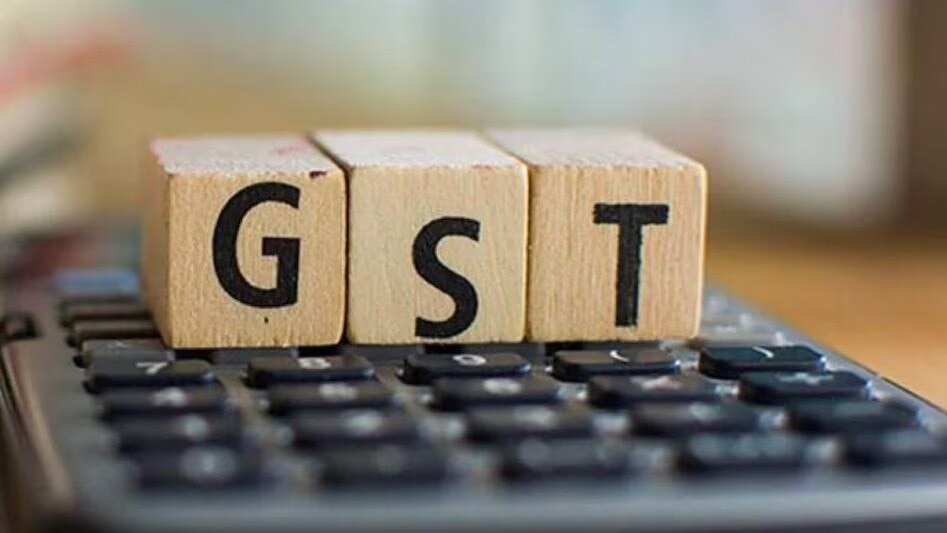Central tax officials have detected cases involving nearly Rs 9 lakh crore in evasion of goods and services tax and frauds relating to input tax credit in the last five years between 2020-21 and 2024-25.
As many as 91,370 cases involving GST evasion of Rs 7,07,942 crore was detected by Central government formations in the last five years between FY21 and FY25. Of this, Rs 1,29,175 crore was recovered by voluntary deposits by the taxpayers.
Further, a total of 44,938 cases involving ITC fraud of Rs 1,78,541 crore was detected by Central GST authorities in the last five years. Of this, Rs 12,831 crore was voluntarily deposited by taxpayers and recovered by the government.
The information was provided by Pankaj Chaudhary, minister of state of finance to the Lok Sabha on Monday in response to a question on GST collection and evasion.
Collectively, this amounts to Rs 8,86,483 crore in the last five years, of which Rs 1,42,006 crore was recovered through voluntary deposits.
The minister also listed out various steps and measures taken by Central Government and GST Network to help in improving compliance and preventing tax evasion. These include digitisation through E-invoicing, GST analytics such as automated risk assessment based on compliance attributes of taxpayer, highlighting of outliers based on system-flagged mismatches, providing actionable intelligence with an aim to manage GST revenue risks through various tools, generating inputs regarding GST non-compliances or evasion on the basis of identifying anomalies in taxpayer behaviour (such as potential evasion, fraudulent registration, and suspicious e-way bill activity) and selection of returns for scrutiny and selection of taxpayers for audit based on various risk parameters.
“These measures are helpful in safeguarding the revenue and nabbing the evaders,” the minister said.
Certain projects were also undertaken such as “Project Anveshan” (Analytics, Verification, Shortlisting of Anomalies) whereby newer techniques like Facial Recognition System (FRS), E-way bill data were used for early identification of GSTINs with propensity for fake and fraudulent activity to generate Intelligence reports.







